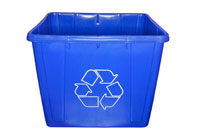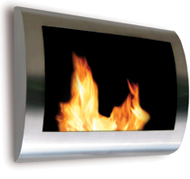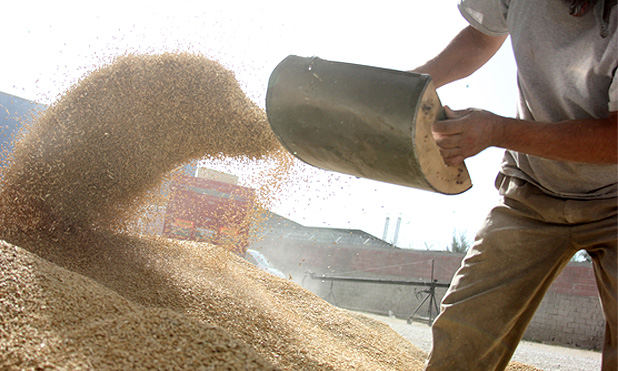
Choose Nature’s Way: Compost
January 2018Did you know you can recycle wood ashes? In fact, you can compost them! Here’s what to do with the wood ashes from your fireplace or wood stove to protect the environment.
The Benefits of Backyard Composting
Composting turns kitchen and yard waste into dark, nutrient-rich soil conditioner. If you have a garden, a lawn, trees, shrubs or indoor plants, you can use this conditioner to improve your soil and the plants growing in it.
It’s nature’s way of making a greener garden.
And, it helps protect the environment by reducing the amount of waste going to landfill sites.
Approximately 30 per cent of the residential Waste going to landfills is made up of kitchen and yard waste. You can do your part to reduce this waste by composting. And, you’ll reduce the need for costly soil conditioners.
WHAT TO COMPOST
DO COMPOST:
Nitrogen-rich green materials:
– fruit and vegetable scraps
– tea bags
– egg shells
– coffee grounds with filter paper
– nut shells
– fresh grass clippings
– wood ash from a fireplace or wood stove
– plant trimmings and remains
Carbon-rich brown materials:
– dry leaves
– straw
– sawdust (in very thin layers)
– woodchips
DO NOT COMPOST:
– pet wastes
– charcoal or coal ashes
– meats, bones, fats
– dairy products
– oil or oily foods
– diseased or insect-infected plants
– diapers and sanitary products
– woody yard waste (unless shredded first)
– crab grass
WHEN TO COMPOST
You can compost all year round. The composting process only slows down during the colder months.
CONTAINERS
Although containers are not essential, they are recommended. An open pile can be unsightly and is more likely to attract pests. There are many different containers to choose from. Your municipality may offer composters at a reduced price. You can buy commercial model from garden centres or build one yourself (the ideal size is between one metre to one and a half square metres (nine to 25 square feet)). You might also want to try vermicomposting.
HOW TO COMPOST
1. Place your container on level ground where there is good drainage. A sunny spot will speed the process, especially in winter, but is not essential.
2. Add both nitrogen-rich green materials, and carbon-rich brown materials. When adding kitchen scraps or grass, also add some dry leaves. When you rake your leaves in the fall, save several bags to add to your pile during the rest of the year. Chop or shred materials into small pieces to make the composting process go faster.
3. Keep the compost moist but not dripping wet. Use a cover to keep the pile from becoming too wet from rainfall. If it gets too wet, turn and loosen it or add more dry materials such as leaves. If it gets too dry, water it.
4. Provide air to the pile every two or three weeks by turning it with a pitchfork, shovel or an aerating, tool.
USING FINISHED COMPOST
When compost is ready to use, it should be dark and crumbly with most of the original identity of the materials lost. You can screen the finished compost to remove materials that have not decomposed completely (such as nut shells or twigs). Return these to the compost pile.
To use finished compost you can.
– dig it into the earth before planting flowers and vegetables
– use it as a mulch or top dressing around plants and trees to help retain moisture, smother weeds and prevent soil compaction
– screen and use it on your lawn or as part of a seed starting mix
– add and stir with equal parts water to make a nutritious “tea” for watering gardens, lawns and pots
– give it to a friend
Source: On.Ec.gc.ca



























